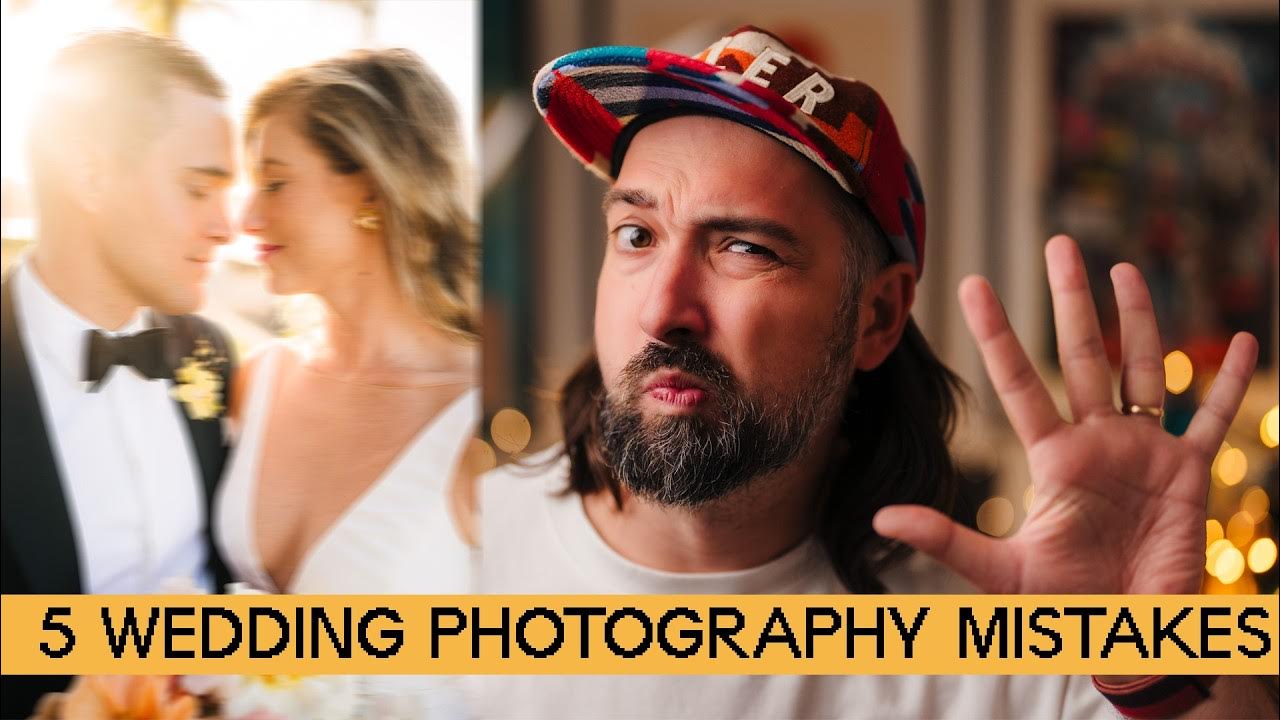HOONIGAN'S LARRY CHEN | HOW TO PHOTOGRAPH CARS
Summary
TLDRIn this video, automotive photographer Larry Chen shares his expertise on capturing stunning car photos using just a smartphone. Filmed at the Petersen museum, he demonstrates how to creatively frame shots, focus on details, and utilize natural light to enhance the storytelling of each photograph. Larry also discusses the importance of multiple attempts to ensure sharp images and the use of a polarizing filter to reduce glare. His energetic approach to photography, nicknamed 'machine-gunning,' emphasizes the value of seizing every opportunity to capture the perfect shot.
Takeaways
- 📸 The video is a photography lesson at the Petersen museum focusing on shooting cars with a cell phone.
- 🚗 Larry Chen, an automotive photographer, is excited to photograph a 1929 Ruxton model C roadster with his cell phone.
- 🤳 Cell phones are now capable of producing high-quality images, sometimes even rivaling DSLRs for certain photography tasks.
- 📱 The best camera is the one you have with you, emphasizing the convenience of cell phones for capturing moments.
- 🔍 Larry suggests focusing on interesting details of the car rather than trying to fit the entire car in the frame.
- 🏙️ The video features a surprise appearance of a 1971 Renault Alpine A110 on the rooftop of the Petersen museum.
- 🔄 Larry recommends doing a 360-degree walk around the car to find the best angles and backgrounds for shooting.
- 📐 He advises being mindful of the background to avoid unwanted objects that could disrupt the car's lines in the photo.
- 👀 Utilize the macro capabilities of cell phones to capture close-up details of the car, such as badges, wheels, and gauges.
- 🔄 Larry, known as 'machine-gun Larry,' emphasizes the importance of taking multiple shots to ensure sharpness and avoid camera shake.
- ☀️ To manage reflections on the car's body, Larry suggests using a polarizer filter or polarized sunglasses to reduce glare.
Q & A
What is the main focus of the video by Larry Chen?
-The main focus of the video is to provide photography lessons on how to shoot cars using a cell phone, specifically at the Petersen museum with a 1929 Ruxton model C roadster.
Why does Larry Chen choose to use his cell phone for the photography session instead of his usual Canon camera?
-Larry Chen chooses to use his cell phone to demonstrate that cell phones have become capable of taking high-quality photos and are always with you, making them the best camera to have when you're not carrying a professional camera.
What is the significance of the 1929 Ruxton model C roadster in the video?
-The 1929 Ruxton model C roadster is significant because it's a vintage car with unique details that provide an interesting subject for photography lessons, showcasing how to capture interesting details of a car.
What does Larry suggest when photographing cars, regarding framing and composition?
-Larry suggests that you don't always have to fit the whole car in the frame. Instead, you can focus on interesting details that speak to you, such as the front half of the car, headlight details, or the spare tire, to tell a complete story when displayed together.
What is the '360 lock' technique mentioned by Larry Chen?
-The '360 lock' technique is a method where Larry walks around the car to see every angle and how the light is hitting each panel, doing this at different levels to find the best angles and backgrounds.
Why is it important to pay attention to the background when shooting cars with a cell phone?
-It's important to pay attention to the background to ensure a clean and non-distracting setting for the car. Cell phone cameras have a small sensor and lens, which makes it difficult to blur out the background, so it's better to compose the shot with a clean background in mind.
How can cell phone cameras be advantageous for macro photography of cars?
-Cell phone cameras are advantageous for macro photography because of their close focusing capabilities and compact size, allowing you to get very close to details like badges, wheels, and gauges, and even slip the phone in front of the steering wheel to compose shots of the gauges.
What is Larry Chen's approach to shooting multiple photos of the same scene?
-Larry Chen takes multiple photos of the same scene to increase the hit rate of getting a sharp and well-exposed image. He taps the shutter release button many times for one scene to account for potential camera shake or less-than-ideal lighting conditions.
How does Larry Chen ensure proper exposure when shooting with his cell phone?
-Larry ensures proper exposure by tapping on the detail of the car he's shooting to set the focus, and then adjusting the exposure slider to achieve the desired exposure level, taking multiple attempts if necessary to avoid overexposure or underexposure.
What technique does Larry suggest to reduce glare on the car's hood and windshield?
-Larry suggests using a polarizer filter to reduce glare. If a polarizer filter is not available, he recommends using polarized sunglasses in front of the cell phone camera and turning it until the glare is reduced.
Where can viewers find more content like this and ask questions to Larry Chen?
-Viewers can find more content like this on Hoonigan's YouTube channel and can ask questions or reach out to Larry Chen on Instagram.
Outlines

This section is available to paid users only. Please upgrade to access this part.
Upgrade NowMindmap

This section is available to paid users only. Please upgrade to access this part.
Upgrade NowKeywords

This section is available to paid users only. Please upgrade to access this part.
Upgrade NowHighlights

This section is available to paid users only. Please upgrade to access this part.
Upgrade NowTranscripts

This section is available to paid users only. Please upgrade to access this part.
Upgrade NowBrowse More Related Video
5.0 / 5 (0 votes)





